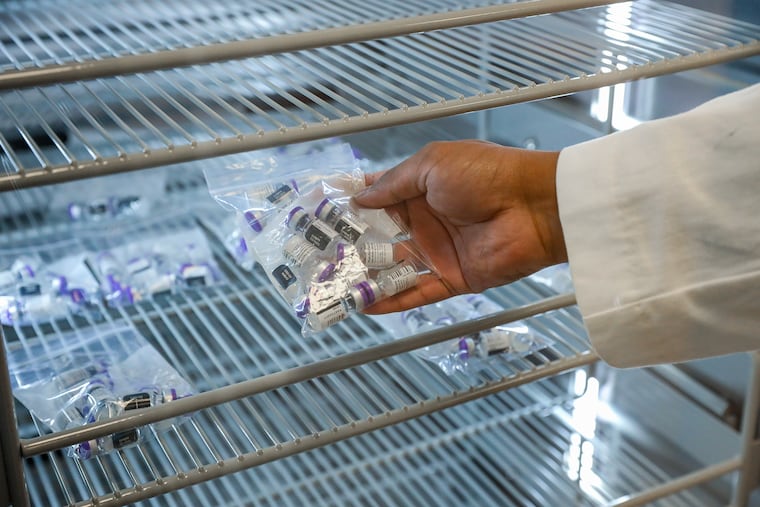Hundreds of thousands of COVID-19 vaccines haven’t been used in Pa. and N.J. Here’s why, and what’s next.
A myriad of logistical challenges and other factors slowed down the rollout of the coronavirus vaccine in Pennsylvania and New Jersey. Here's what happened-- and how fast the pace is now accelerating.
